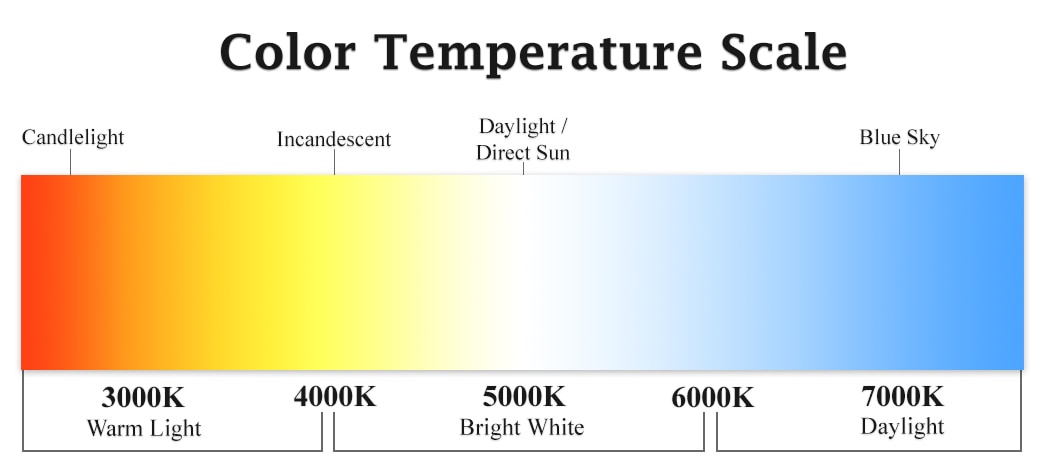BENEFITS OF COLOURED TORCHES
Do you know what makes an LED torch great? It's not just the colour but in fact, the benefits that come with it. Specifically red, green, blue and warm white LED torches have many benefits that make them ideal for a variety of uses. In this blog post, we'll discuss some of the most notable benefits of these coloured torches and how you can apply them in your activities.
WARM WHITE LIGHT
First of all, we need to make it clear what makes a white light “warm”. Warm white lights are white lights with a colour temperature of around 3000K. Objects illuminated by warm white light will appear more natural and true to colour. Also, when it comes to photography, many would opt for a warmer white light since they are less overpowering compared to a cooler white light when illuminating a subject.

When driving at night, warm white light is an ideal option since they tend to produce less glare from road signs and less reflection, making it easier to see while you're driving. If you’re driving through a snowy area, the warm white light won't blend in with the snow which can add to more distraction as you drive. If you’re driving on a large road, where glare won’t be an issue, a normal white light with a higher temperature will work just as well. Otherwise, you might consider using a warmer white light.
For outdoor sports such as camping or hiking, warm white lights are often the first choice for many. This is due to their better penetration capability through rain, fog, and snow with a sufficient colour rendering capacity albeit at a lower illumination range. While we can’t always predict the weather, it’s still a good idea to carry a torch that can output a warm white light.
GREEN LED LIGHT
When it comes to the human eye, green LED lights are known to be less straining on the eye and therefore provide a certain level of protection for your night vision. This is especially helpful when viewing in a low-light environment for a longer duration.
For hunters, the vivid and sharp contrast provided by a green LED light allows them to accurately see the outline of their target in the dark. Green LED lights are also less likely to scare the animals such as deer and fish away providing hunters with the vision and opportunity to aim at their target.
Green LEDs are also easier to see compared to standard white LEDs since they are equally balanced in terms of brightness and intensity which makes them a great choice for safety and rescue applications. Some examples of green LED lights in rescue and safety are light beacons as indicators in heavy machinery to signal operational status, and first responder vehicles for quick recognition on the road.
RED LED LIGHT
For outdoor applications, red LEDs can help us to focus quicker, especially when transitioning from low-light to brighter lighting conditions. Because of this, a red LED is one of the most popular choices for stargazers because it helps them to illuminate their path while retaining their night vision.
Compared to white light, red lights are less disturbing to wildlife which makes them a perfect tool for wildlife observation in darker environments. Alternatively, red lights will also help reduce the risk of attracting unwanted attention from dangerous animals.
Because of the benefits that they offer, red lights are often used for smaller confined spaces such as cockpits in aircraft. If you’re planning to walk around in the middle of the night. You might want to consider getting yourself a red LED light for the occasion.
BLUE LED LIGHT
One of the most common applications of blue LEDs is to track prey during hunting sessions. In the absence of light, a hunter can use blue LEDs to track blood stains left by their target. This allows them to follow the trail without disturbing other wildlife around.
For pilots and other map lovers, blue light LEDs can be a boon in low-light situations. The blue light helps accentuate the details of a map without washing them out, as bright lights can sometimes do.
Lastly, blue LEDs can also be used to track bodily fluids which are often used by forensics when investigating a crime scene. However, the blue lights used by the forensic team are a bit different compared to your standard blue LED light. While you may not have a crime scene to investigate, it’s still an interesting fact to know about.
For more collections of torches, head on to our Coloured & UV Lights section to view our collection of coloured LED torches from reputable brands!











